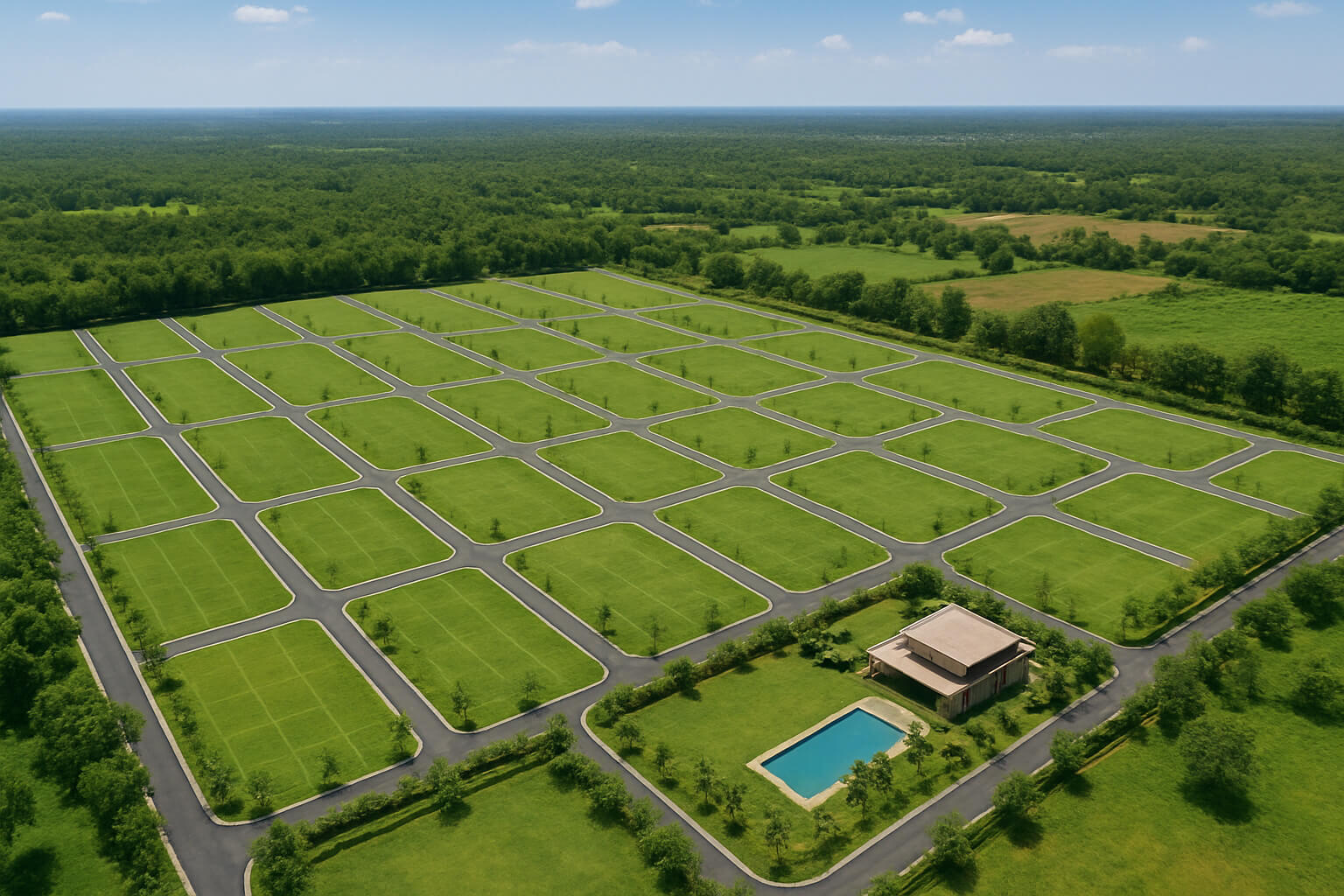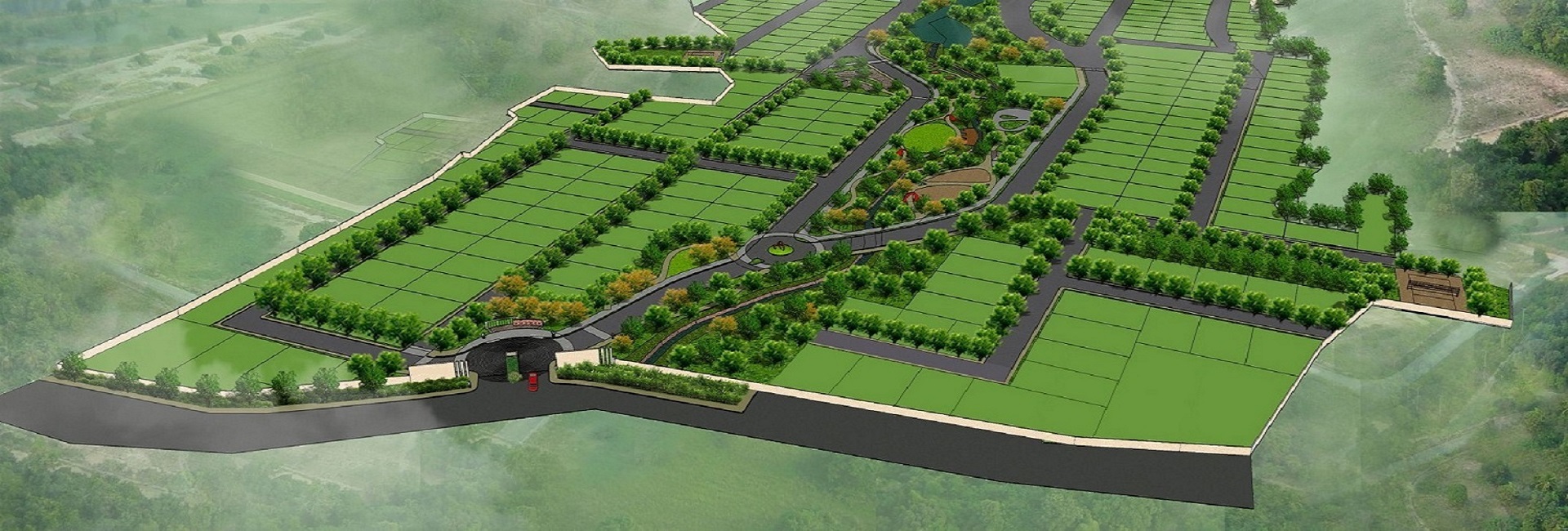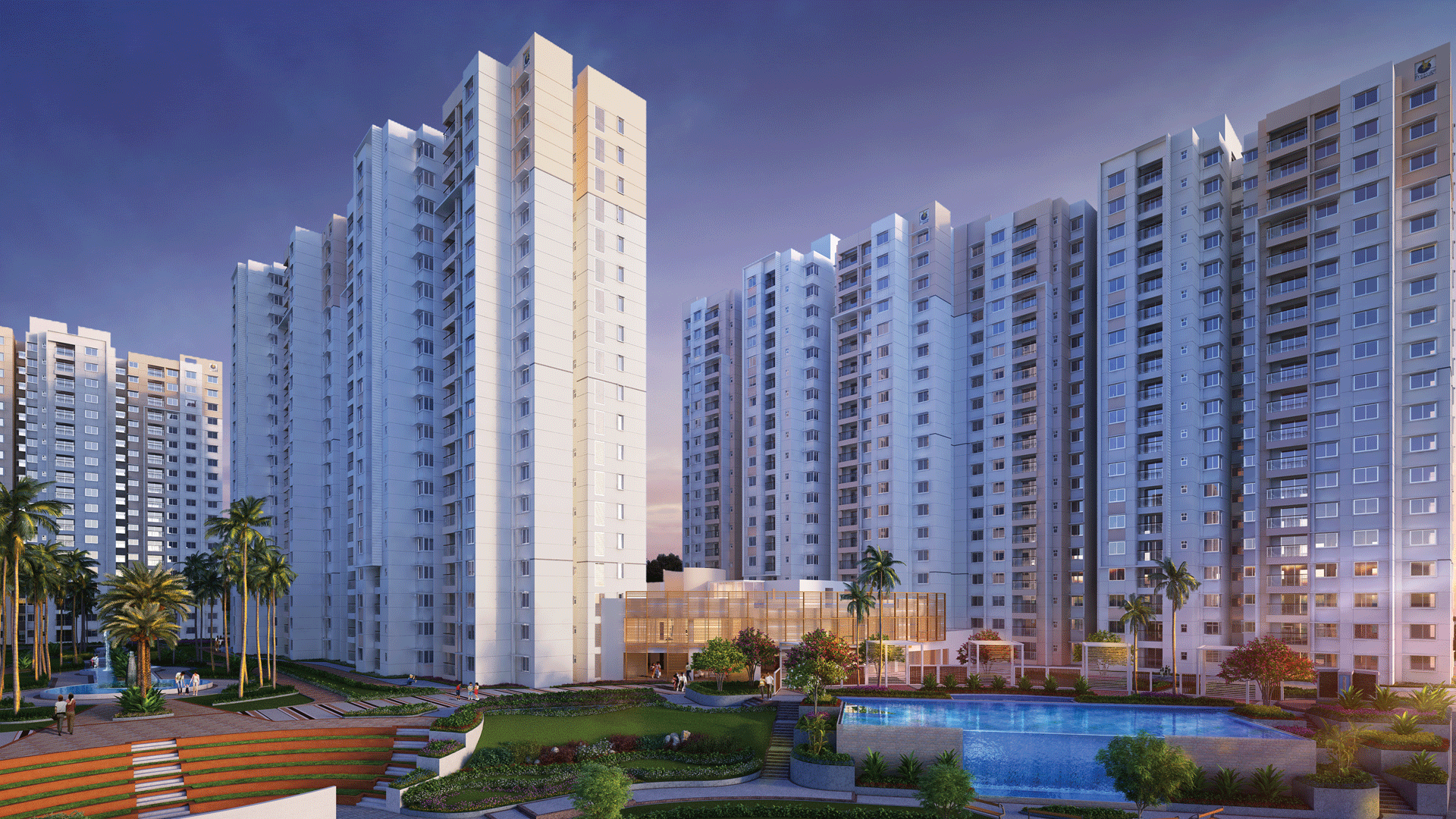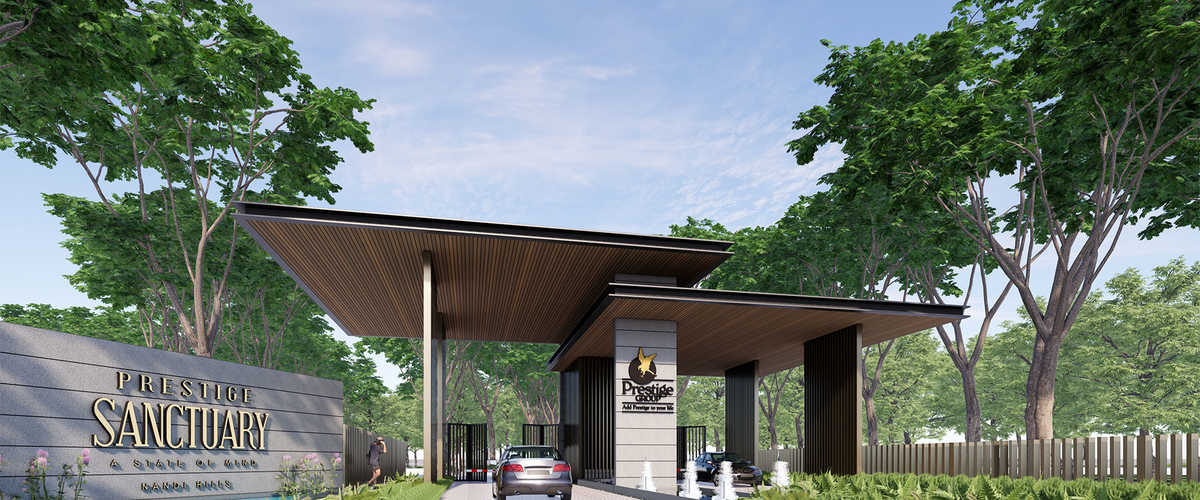Step into History at Tipu Sultan’s Summer Palace, Bangalore
In the heart of bustling Chamrajpet, nestled among vibrant markets and colonial-era streets, stands a structure that quietly echoes the legacy of one of India’s most iconic rulers—Tipu Sultan’s Summer Palace. Built entirely out of teakwood, this two-storied architectural gem is a striking example of Indo-Islamic design, reflecting both the grandeur and resilience of 18th-century Mysorean heritage.
A Regal Summer Retreat
Tipu Sultan, famously known as the “Tiger of Mysore,” commissioned the construction of this palace in the late 18th century as a summer retreat. The structure was completed around 1791, during the height of Tipu’s resistance against British colonial expansion. What makes the palace unique is its complete use of teakwood, intricately carved with floral patterns and supported by graceful arches and columns.
As you enter the palace, the cool interiors and detailed craftsmanship immediately transport you to another era. The central hall, flanked by balconies and open corridors, once witnessed royal meetings, military strategizing, and diplomatic discussions.
Indo-Islamic Architectural Brilliance
The palace exemplifies Indo-Islamic architecture, blending Islamic geometric sensibilities with Indian motifs and materials. The symmetrical arches, intricately carved wooden ceilings, and frescoed floral designs exhibit the fusion of artistic traditions. The two-storey structure was designed to remain naturally cool, even in the peak of summer, a testament to the architectural foresight of its era.
Its elevated balconies and wide corridors once served as vantage points for Tipu Sultan and his court to observe court proceedings and social events. Although modest in scale compared to royal palaces elsewhere in India, its elegance lies in the detailed woodwork and the symbolic strength it represents.
A Journey Through Tipu’s Legacy
Today, the palace serves as a museum curated by the Archaeological Survey of India (ASI), offering visitors a chance to explore Tipu Sultan’s life, reign, and resistance against the British. The exhibits include:
-
Portraits and paintings of Tipu Sultan and his family
-
Weapons, coins, and historical artifacts from the Mysorean era
-
A timeline of Tipu’s battles and alliances
-
Displayed letters and documents highlighting his diplomatic efforts and technological foresight
The museum provides a deep dive into Tipu Sultan’s forward-thinking administration, his innovations in rocketry, and his efforts to defend Indian sovereignty during a time of colonial aggression.
Visitor Information
-
Timings: 8:30 AM – 5:30 PM (Closed on Mondays)
-
Entry Fee: ₹15 for Indian citizens, ₹200 for foreign nationals
-
Location: Albert Victor Road, Chamrajpet, Bangalore – near KR Market
-
Best Time to Visit: Weekday mornings to avoid crowds
Nearby Attractions
While you’re in the area, consider visiting KR Market, Bangalore Fort, and Lalbagh Botanical Garden, all of which are a short drive or walk from the palace. These sites together offer a comprehensive view of Bangalore’s historical and cultural evolution.
Proximity to Prestige Gardenia Estate, Devanahalli
For residents of Prestige Gardenia Estate, a premium residential enclave in Devanahalli, Tipu Sultan’s Summer Palace is located approximately 48 kilometers away. It typically takes about 60–75 minutes by car, depending on traffic. Its accessibility makes it a perfect destination for weekend cultural excursions or educational visits with family. The route to Chamrajpet also allows for a scenic drive through some of Bangalore’s most vibrant localities.
Why Visit Tipu Sultan’s Summer Palace?
-
Explore a rare teakwood architectural marvel
-
Learn about a pivotal figure in Indian resistance history
-
Enjoy a peaceful heritage site in the midst of the city
-
Combine the visit with nearby historical landmarks
Final Thoughts
Tipu Sultan’s Summer Palace offers more than just a walk through an 18th-century structure—it provides a glimpse into the mind and vision of a ruler who stood firmly against colonial rule. A visit here is not only a visual treat but also a meaningful journey into India’s rich history. Whether you’re a history buff, an architecture enthusiast, or a curious traveler, this palace deserves a place on your Bangalore itinerary.













